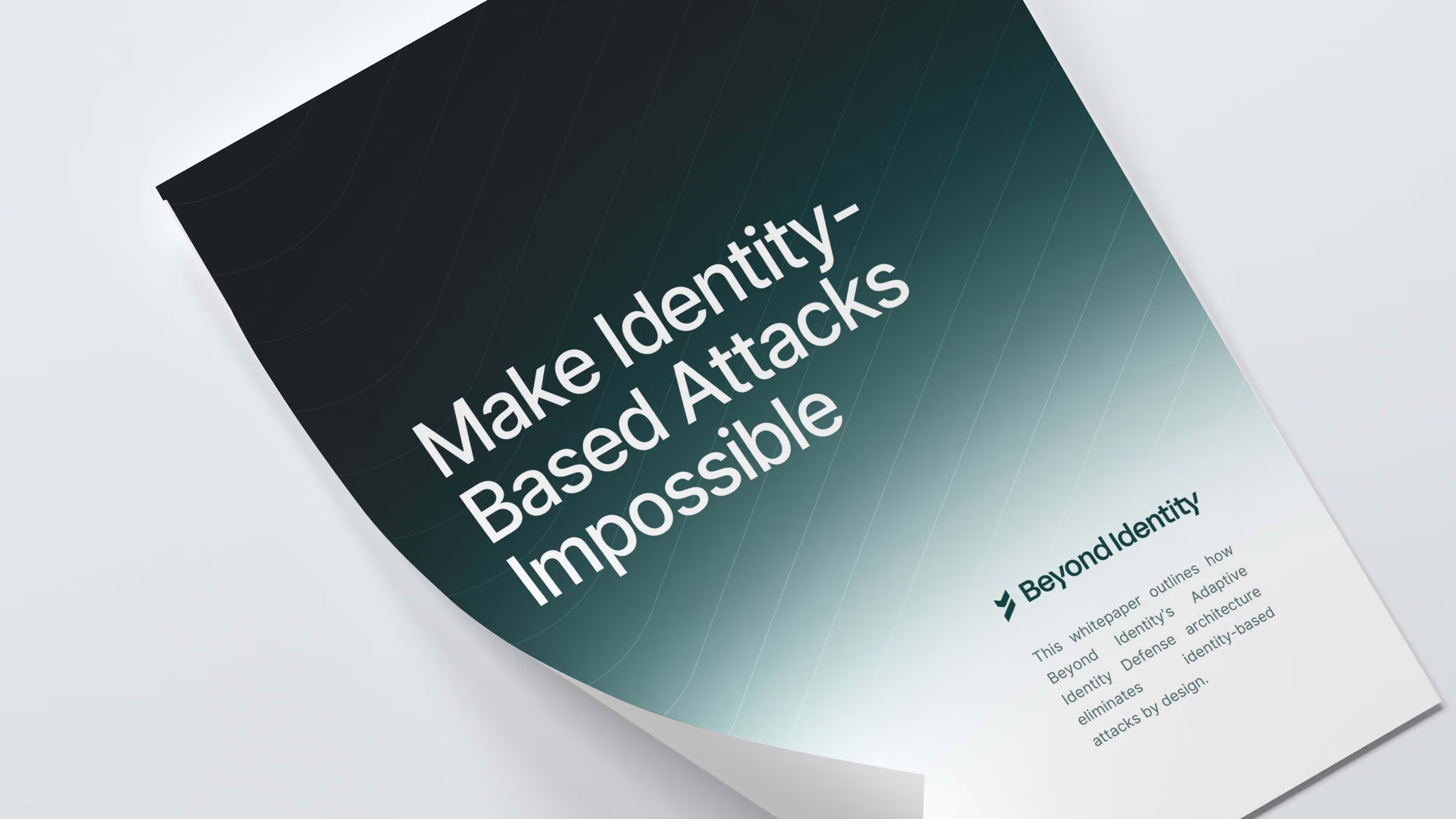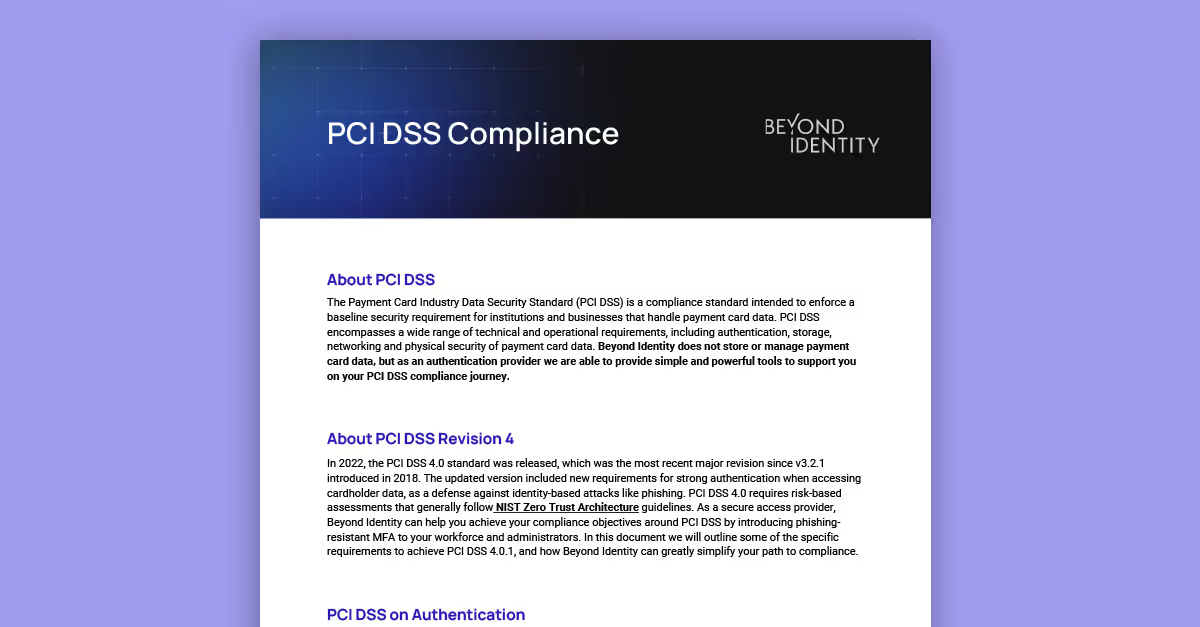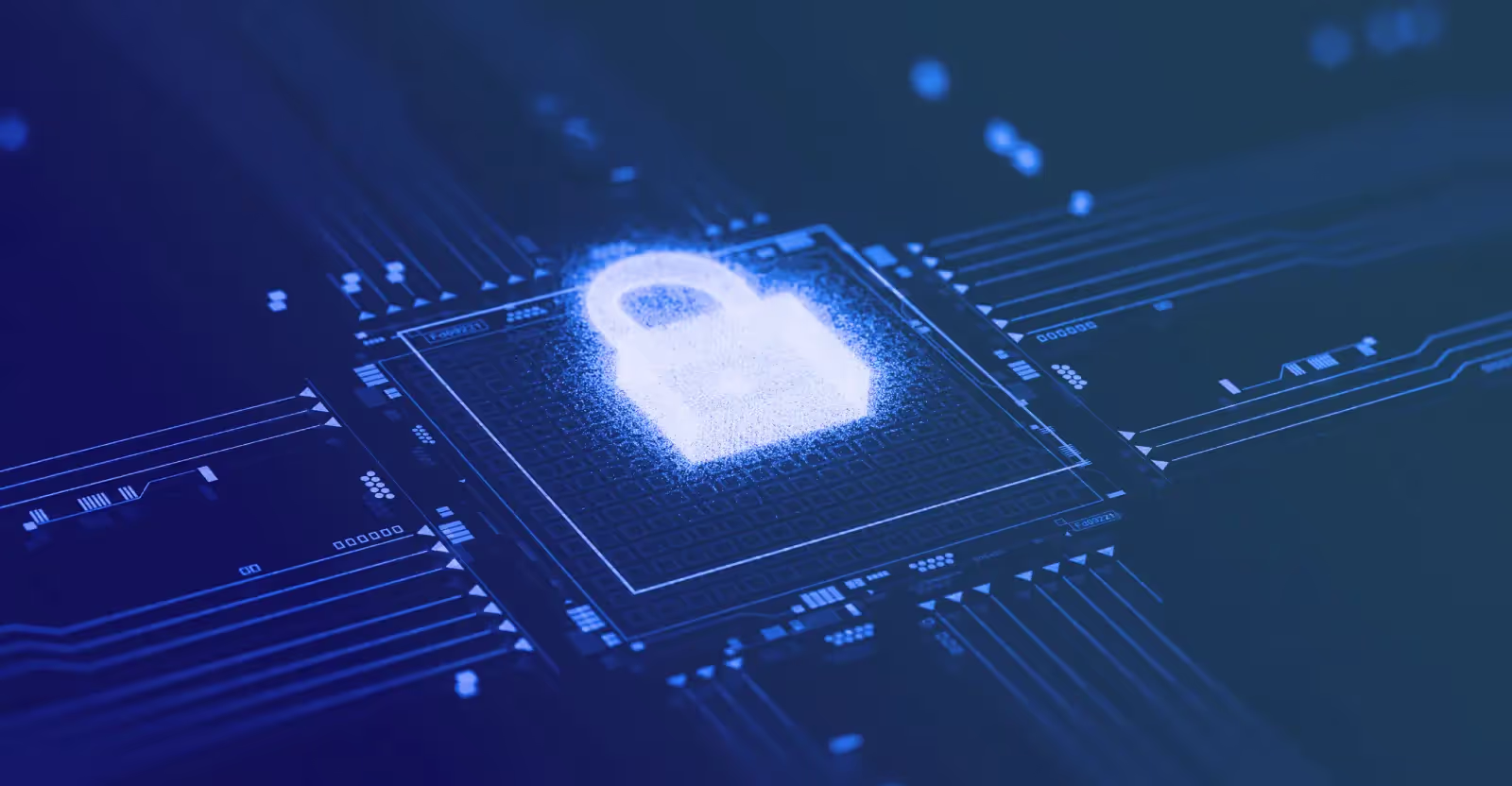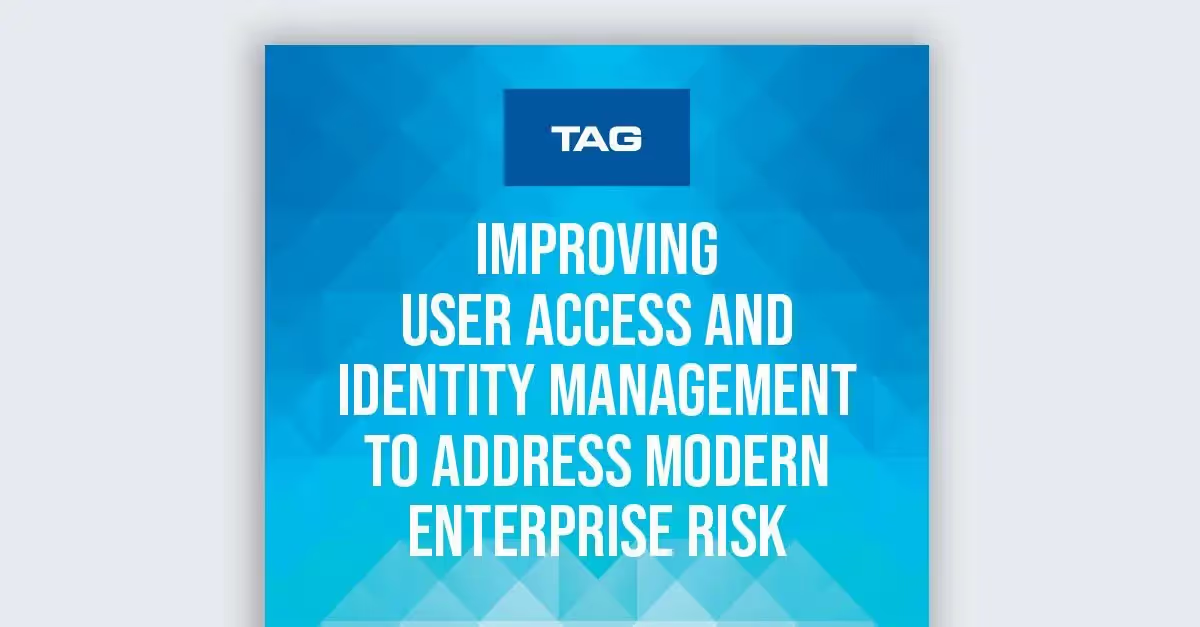5 Unsolved Cybersecurity Attacks
It’s a spooky time of year, full of hoaxes, hexes, and spookiest of all, hackers! Cyberattacks can happen to any organization of any size or industry, but even worse, many go unsolved, or even unnoticed altogether. We know some of the factors that contribute to cyberattacks, such as insecure passwords, phishing schemes, or DDoS attacks, but some we are never able to identify—these are the ones that go down in history as some of the most mysterious. Here are five unsolved cyberattacks where the hacker was never discovered.
1. The WANK Worm
Known as the first “hacktivist” (hacking activist) attack, the WANK worm attacked DEC VMS computers in 1989 via the DECnet. WANK, which stood for Worms Against Nuclear Killers, intended to send a clear political message to NASA and the US Department of Energy. Infected computers, as part of a protest to cease the launch of the plutonium-fueled, Jupiter-bound Galileo probe, displayed the following message:

The hackers' goal was to protest the use of the plutonium-based power modules in Galileo, and the general fear was that if the shuttle blew up similar to the Challenger disaster, the plutonium spilled from Galileo would wreak havoc on Florida. The WANK worm was able to use several methods of attack to gain unauthorized access, primarily attacking users with poor password safety—even today, stolen credentials remain at the heart of 85% of all cyberattacks. Most of the targeted accounts used an identical username and password, or unpassworded accounts.
The WANK Worm is one of the earliest, most prolific examples of the damage a cyberattack can do, and was estimated to have cost NASA in excess of half a million dollars in time and resources at the time. While many believe the hackers were Australian-based, no arrests were ever made.
2. Ministry of Defense Satellite Hacked
A few years after the WANK worm incident, the Ministry of Defense Satellite was targeted and hacked in February of 1999. This incident, however, had an entirely different motive, intending to disrupt military communications by gaining control of a satellite, an attack then characterized as information warfare.
The hackers were able to successfully reprogram the control system before being discovered. The U.S Air Force and Scotland Yard’s Computer Crimes Unit worked hard to keep this hack largely away from the media, and no arrests were ever made—the closest they could get was seeing that the attack originated in Southern England. As a result, it has remained one of the most mysterious cyberattacks in history.
3. CD Universe Credit Card Breach
The CD Universe Credit Card Breach is one of the very early examples of a ransomware attack. When CD Universe refused to pay the $100,000 that was demanded, the hacker, known only as Maxus, posted more than 25,000 of the 300,000 stolen credit card numbers in retaliation. Maxus claimed he was able to gain entry into a database by way of a software flaw on the CD Universe website.
At the time, using credit cards online was a relatively new advancement in technology, and it is believed that this cyberattack was intended to bring doubt to the minds of consumers around the safety of online payments. Despite multiple attempts by the FBI to find them, Maxus has remained unidentified, but is believed to be from Eastern Europe.
4. Supermarket Security Breach
In one of the largest security breaches of the 2000s, more than 4 million supermarket shoppers had their credit card information exposed, leading to more than 2,000 cases of fraud. Supermarket chains Hannaford and Sweetbay were targeted by an adversary that was able to steal credit card information during the card authorization process through the use of unauthorized software installation.
Over 200 supermarket locations were affected, and although the data breach began on December 7th, Hannaford was not made aware until Feb. 27, and went uncontained until March 10. Within a few days, a class action lawsuit was filed against Hannaford Bros. Co. In this case, one arrest was eventually made, but it took over a year to determine the group responsible, and the other characters involved were never identified.
5. Dennis Kucinich on CBSNews.com
In 2008, Dennis Kucinich attempted to make a bid for president when he got an expected boost—the CBSNews.com homepage was replaced by Kucinich's campaign logo, and a 30-minute video describing Kucinich’s political philosophies. A poll was also displayed that cited 77 percent of all Democrats were unfamiliar with Kucinich's candidacy. The network was able to remedy the situation quickly and easily, and Kucinich denied any involvement with the hack.
These hacks, while well known in cyber history, were preventable had the correct security measures been taken. Stolen credentials remain the #1 way in which breaches occur, making up more than 85% of all cyberattacks. Luckily, you don’t have to live in fear of the spooky cybercriminals among us—learn more about how Beyond Identity can help bring secure, passwordless authentication to your organization.
It’s a spooky time of year, full of hoaxes, hexes, and spookiest of all, hackers! Cyberattacks can happen to any organization of any size or industry, but even worse, many go unsolved, or even unnoticed altogether. We know some of the factors that contribute to cyberattacks, such as insecure passwords, phishing schemes, or DDoS attacks, but some we are never able to identify—these are the ones that go down in history as some of the most mysterious. Here are five unsolved cyberattacks where the hacker was never discovered.
1. The WANK Worm
Known as the first “hacktivist” (hacking activist) attack, the WANK worm attacked DEC VMS computers in 1989 via the DECnet. WANK, which stood for Worms Against Nuclear Killers, intended to send a clear political message to NASA and the US Department of Energy. Infected computers, as part of a protest to cease the launch of the plutonium-fueled, Jupiter-bound Galileo probe, displayed the following message:

The hackers' goal was to protest the use of the plutonium-based power modules in Galileo, and the general fear was that if the shuttle blew up similar to the Challenger disaster, the plutonium spilled from Galileo would wreak havoc on Florida. The WANK worm was able to use several methods of attack to gain unauthorized access, primarily attacking users with poor password safety—even today, stolen credentials remain at the heart of 85% of all cyberattacks. Most of the targeted accounts used an identical username and password, or unpassworded accounts.
The WANK Worm is one of the earliest, most prolific examples of the damage a cyberattack can do, and was estimated to have cost NASA in excess of half a million dollars in time and resources at the time. While many believe the hackers were Australian-based, no arrests were ever made.
2. Ministry of Defense Satellite Hacked
A few years after the WANK worm incident, the Ministry of Defense Satellite was targeted and hacked in February of 1999. This incident, however, had an entirely different motive, intending to disrupt military communications by gaining control of a satellite, an attack then characterized as information warfare.
The hackers were able to successfully reprogram the control system before being discovered. The U.S Air Force and Scotland Yard’s Computer Crimes Unit worked hard to keep this hack largely away from the media, and no arrests were ever made—the closest they could get was seeing that the attack originated in Southern England. As a result, it has remained one of the most mysterious cyberattacks in history.
3. CD Universe Credit Card Breach
The CD Universe Credit Card Breach is one of the very early examples of a ransomware attack. When CD Universe refused to pay the $100,000 that was demanded, the hacker, known only as Maxus, posted more than 25,000 of the 300,000 stolen credit card numbers in retaliation. Maxus claimed he was able to gain entry into a database by way of a software flaw on the CD Universe website.
At the time, using credit cards online was a relatively new advancement in technology, and it is believed that this cyberattack was intended to bring doubt to the minds of consumers around the safety of online payments. Despite multiple attempts by the FBI to find them, Maxus has remained unidentified, but is believed to be from Eastern Europe.
4. Supermarket Security Breach
In one of the largest security breaches of the 2000s, more than 4 million supermarket shoppers had their credit card information exposed, leading to more than 2,000 cases of fraud. Supermarket chains Hannaford and Sweetbay were targeted by an adversary that was able to steal credit card information during the card authorization process through the use of unauthorized software installation.
Over 200 supermarket locations were affected, and although the data breach began on December 7th, Hannaford was not made aware until Feb. 27, and went uncontained until March 10. Within a few days, a class action lawsuit was filed against Hannaford Bros. Co. In this case, one arrest was eventually made, but it took over a year to determine the group responsible, and the other characters involved were never identified.
5. Dennis Kucinich on CBSNews.com
In 2008, Dennis Kucinich attempted to make a bid for president when he got an expected boost—the CBSNews.com homepage was replaced by Kucinich's campaign logo, and a 30-minute video describing Kucinich’s political philosophies. A poll was also displayed that cited 77 percent of all Democrats were unfamiliar with Kucinich's candidacy. The network was able to remedy the situation quickly and easily, and Kucinich denied any involvement with the hack.
These hacks, while well known in cyber history, were preventable had the correct security measures been taken. Stolen credentials remain the #1 way in which breaches occur, making up more than 85% of all cyberattacks. Luckily, you don’t have to live in fear of the spooky cybercriminals among us—learn more about how Beyond Identity can help bring secure, passwordless authentication to your organization.
It’s a spooky time of year, full of hoaxes, hexes, and spookiest of all, hackers! Cyberattacks can happen to any organization of any size or industry, but even worse, many go unsolved, or even unnoticed altogether. We know some of the factors that contribute to cyberattacks, such as insecure passwords, phishing schemes, or DDoS attacks, but some we are never able to identify—these are the ones that go down in history as some of the most mysterious. Here are five unsolved cyberattacks where the hacker was never discovered.
1. The WANK Worm
Known as the first “hacktivist” (hacking activist) attack, the WANK worm attacked DEC VMS computers in 1989 via the DECnet. WANK, which stood for Worms Against Nuclear Killers, intended to send a clear political message to NASA and the US Department of Energy. Infected computers, as part of a protest to cease the launch of the plutonium-fueled, Jupiter-bound Galileo probe, displayed the following message:

The hackers' goal was to protest the use of the plutonium-based power modules in Galileo, and the general fear was that if the shuttle blew up similar to the Challenger disaster, the plutonium spilled from Galileo would wreak havoc on Florida. The WANK worm was able to use several methods of attack to gain unauthorized access, primarily attacking users with poor password safety—even today, stolen credentials remain at the heart of 85% of all cyberattacks. Most of the targeted accounts used an identical username and password, or unpassworded accounts.
The WANK Worm is one of the earliest, most prolific examples of the damage a cyberattack can do, and was estimated to have cost NASA in excess of half a million dollars in time and resources at the time. While many believe the hackers were Australian-based, no arrests were ever made.
2. Ministry of Defense Satellite Hacked
A few years after the WANK worm incident, the Ministry of Defense Satellite was targeted and hacked in February of 1999. This incident, however, had an entirely different motive, intending to disrupt military communications by gaining control of a satellite, an attack then characterized as information warfare.
The hackers were able to successfully reprogram the control system before being discovered. The U.S Air Force and Scotland Yard’s Computer Crimes Unit worked hard to keep this hack largely away from the media, and no arrests were ever made—the closest they could get was seeing that the attack originated in Southern England. As a result, it has remained one of the most mysterious cyberattacks in history.
3. CD Universe Credit Card Breach
The CD Universe Credit Card Breach is one of the very early examples of a ransomware attack. When CD Universe refused to pay the $100,000 that was demanded, the hacker, known only as Maxus, posted more than 25,000 of the 300,000 stolen credit card numbers in retaliation. Maxus claimed he was able to gain entry into a database by way of a software flaw on the CD Universe website.
At the time, using credit cards online was a relatively new advancement in technology, and it is believed that this cyberattack was intended to bring doubt to the minds of consumers around the safety of online payments. Despite multiple attempts by the FBI to find them, Maxus has remained unidentified, but is believed to be from Eastern Europe.
4. Supermarket Security Breach
In one of the largest security breaches of the 2000s, more than 4 million supermarket shoppers had their credit card information exposed, leading to more than 2,000 cases of fraud. Supermarket chains Hannaford and Sweetbay were targeted by an adversary that was able to steal credit card information during the card authorization process through the use of unauthorized software installation.
Over 200 supermarket locations were affected, and although the data breach began on December 7th, Hannaford was not made aware until Feb. 27, and went uncontained until March 10. Within a few days, a class action lawsuit was filed against Hannaford Bros. Co. In this case, one arrest was eventually made, but it took over a year to determine the group responsible, and the other characters involved were never identified.
5. Dennis Kucinich on CBSNews.com
In 2008, Dennis Kucinich attempted to make a bid for president when he got an expected boost—the CBSNews.com homepage was replaced by Kucinich's campaign logo, and a 30-minute video describing Kucinich’s political philosophies. A poll was also displayed that cited 77 percent of all Democrats were unfamiliar with Kucinich's candidacy. The network was able to remedy the situation quickly and easily, and Kucinich denied any involvement with the hack.
These hacks, while well known in cyber history, were preventable had the correct security measures been taken. Stolen credentials remain the #1 way in which breaches occur, making up more than 85% of all cyberattacks. Luckily, you don’t have to live in fear of the spooky cybercriminals among us—learn more about how Beyond Identity can help bring secure, passwordless authentication to your organization.









.avif)
.avif)
.avif)

.avif)
.avif)



.avif)






.avif)

